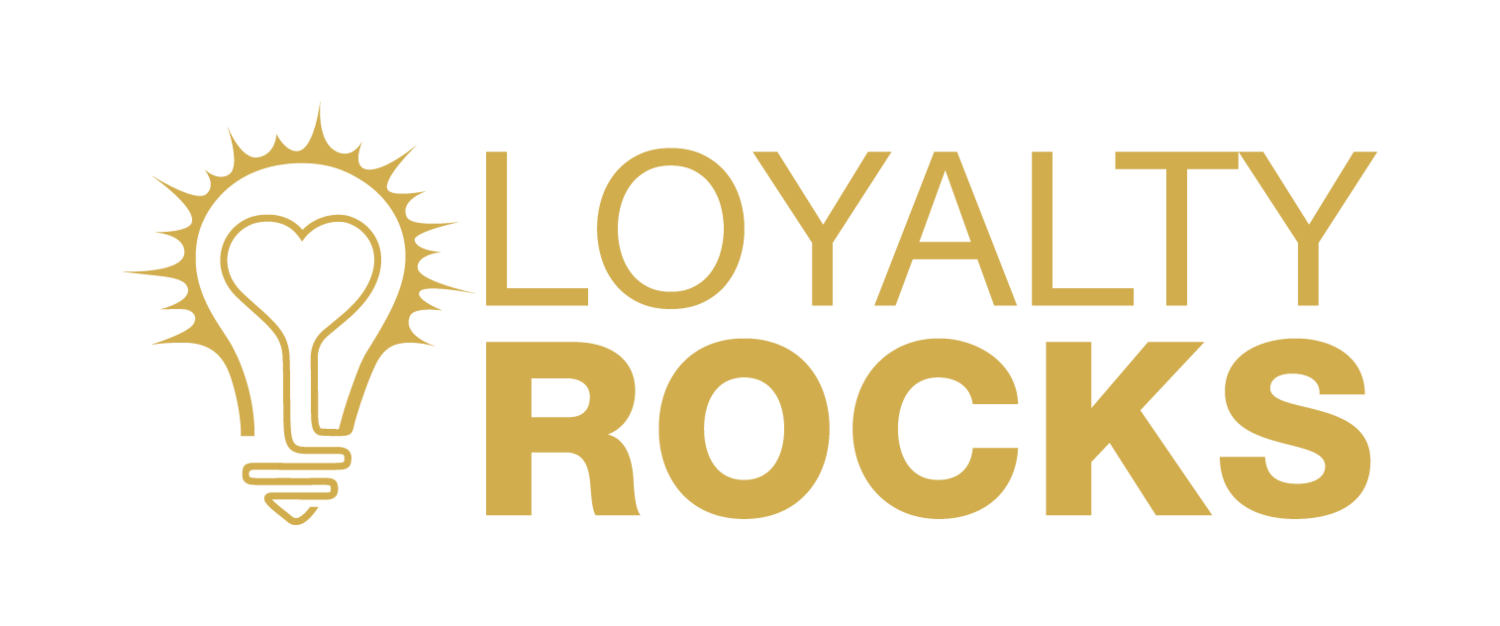Frictionless
While attending Medallia's excellent Experience 2014 conference in May, the one word that popped up everywhere was "frictionless".
It doesn't describe the organization and execution of the event, although it could. Rather, it was referenced many times in speeches as a desired quality of the customer experience that drives delight. I suspect "frictionless" will be one of the hot buzz words to emerge in the next year.
So, what's does it mean? What's the fuss all about? How does this apply to my organization?
According to Merriam-Webster Dictionary.com, frictionless is an adjective "having or marked by agreement in feeling or action <enjoys an easygoing and frictionless relationship with her mother-in-law>". I suspect the author wrote the example with a grin!
Organizations, customer experience professionals, and software developers use the word to describe what they want to deliver for their customers or users. It's a potent cocktail of ease of use, seamless integration, and minimal barriers combined with a heavy emphasis on speed.
The concept has been around forever. It's the reason the wheel was round vs. square - a more elegant and "frictionless" experience. More recently, the value of frictionless has also appeared in recent commercials. Remember the Visa commercial where everything is running so smoothly - so frictionless - until some poor sap pulls out cash and gums up the works. The ad equates Visa with ease, speed, and efficiency. In short, it eliminates any friction.
"Jobs" - the term Clay Christensen uses to identify the reason consumers buy or hire a service ("People don't want a quarter-inch drill--they want a quarter-inch hole.") - are ideally completed in a way that minimizes steps and effort so users can move on to the next important thing in life.
Frictionless is why the iPhone was so successful. Lots of little improvements made it super simple to listen to messages or respond to texts. Much less friction than the old Blackberry or flip phones. Conversely, friction is the reason people adhor the USPS. FedEx and UPS are continually finding innovative ways to element friction.
Organizations need to take becoming "frictionless" seriously. They can begin by conducting an experience assessment to find out where friction is built into existing experiences. While frictionless will normally always help decrease the number of detractors, it's doesn't necessarily create more promoters and deliver sustainable competitive advantage.
So why all the attention now? Three factors are driving this.
1.) Mobile. The proliferation of smartphones with revolutionary, simple user interfaces are raising the bar on customer expectations everywhere. The best apps win because of their frictionlessness qualities. Clunky apps with too many steps and unnecessary barriers are ignored or deleted faster than you can say Myspace. Mobile OS architecture enable app developers to take advantage of standard frictionless features, such as location services, to allow customers to retrieve, send, or show information embedded into the app.
2.) Customer Experience. CEOs realize that delivering an amazing experience and being a loyalty leader is directly tied to growth. Bain & Company research shows that loyalty leaders grow twice as fast as competitors in the market they serve. This focus on CX is causing organizations to more closely understand customer unspoken needs. Completing the "job" fast with few steps and little effort (without friction) creates delight when the alternative is noticeably different. The magic of Kayak.com is how quickly the service compiles all available options. Prior to Kayak, internet users had to surf multiple sites and manually record prices and schedules. Kayak's co-founder and CEO, Paul English, had his team fanatically focus on speed. They had a strong desire to eliminate the friction of search time. Kayak created the new standard in travel search. The company was purchased by Priceline.com for $1.8B in 2012.
3.) Millenials. The digital generation grew up with technology. They sleep with their phones. They would much rather give up their television than their smartphone. This prime demographic target is unwilling to tolerate technology enabled experiences that are slow, clunky, and full of unnecessary steps. Lose with this group and kiss your business growth goodbye.
Ultimately customers are driving us toward a more "frictionless" world. Customers want a streamlined experience that Steve Jobs famously said "just works."
So, what are doing to design a frictionless experience for your customers?
This post is part of the Customer Experience Professionals Association's Blog Carnival "Celebrating Customer Experience." It is part of a broader celebration of Customer Experience Day. Check out posts from other bloggers at http://community.cxpa.org/blogs/val-moschella/2014/10/07/cx-day-blog-carnival-cx-core-competencies

